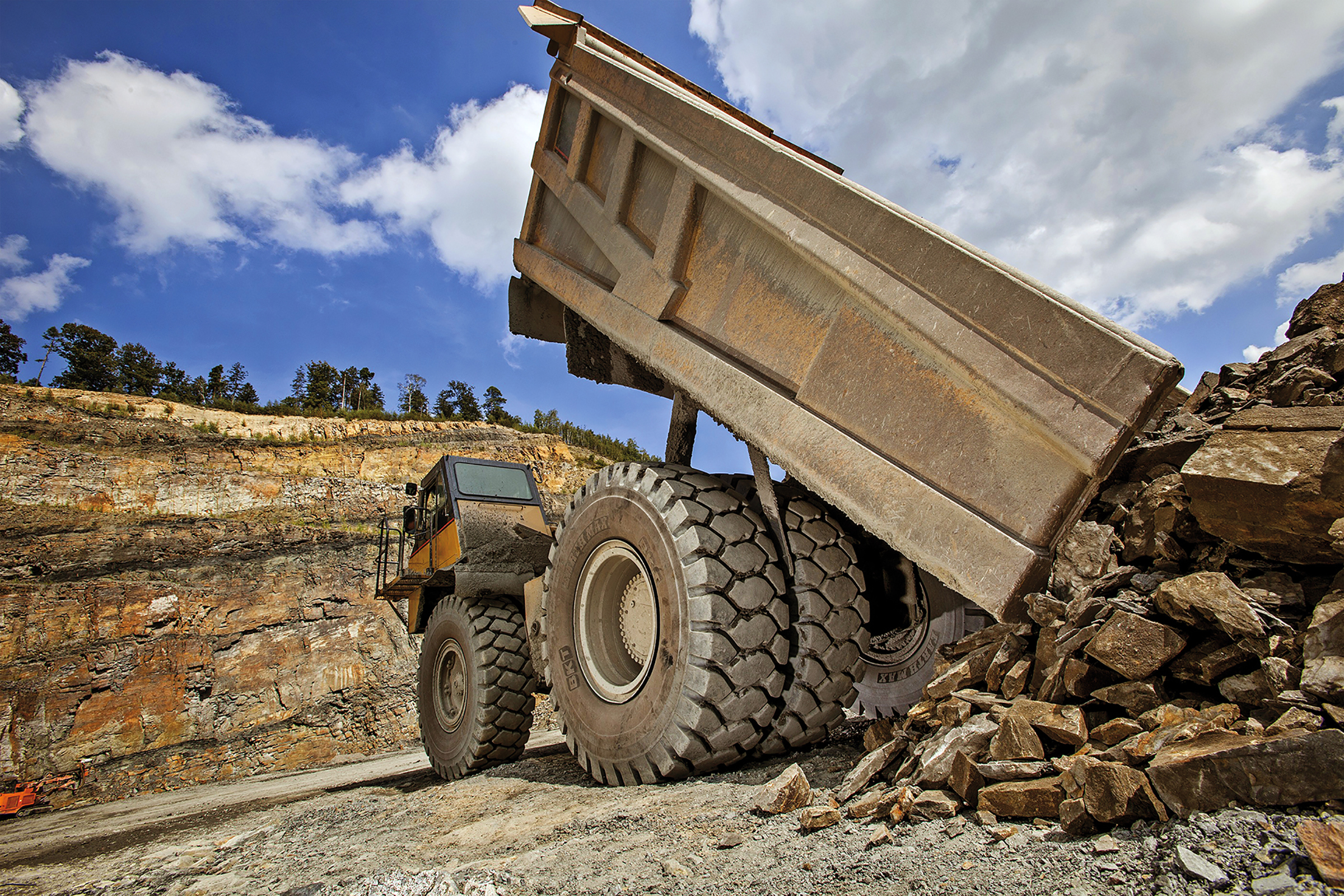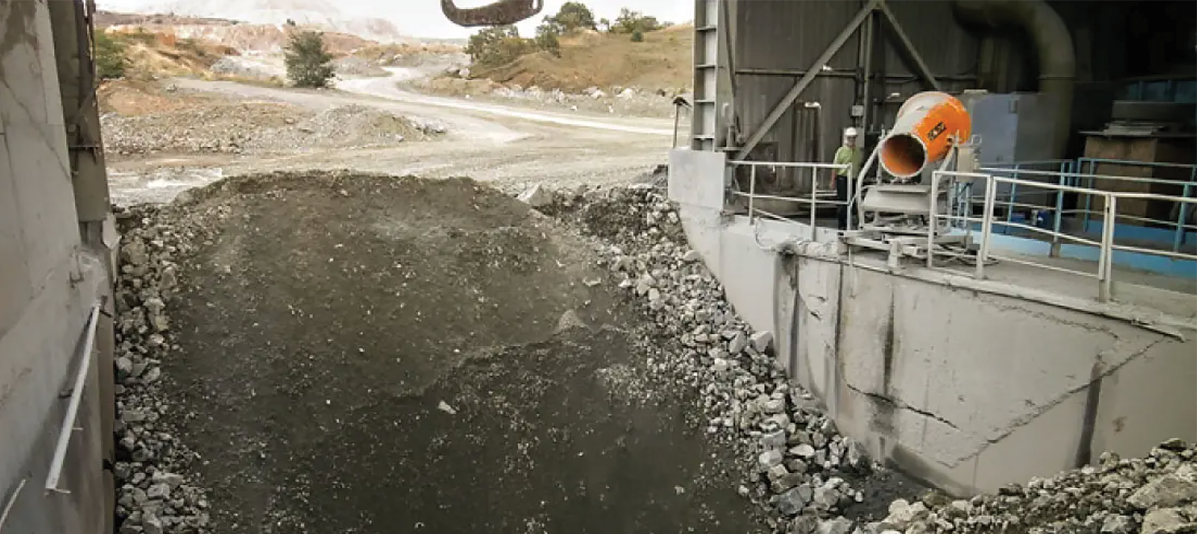Load and haul means more than just hardware, capacities and cycles. NAM recently talked to the team at BKT about the tires that make the entire load and haul fleet move – and how to keep them moving. Edited by Donna Schmidt Making the most of your load and haul fleet, and keeping haul roads they operate on optimally designed…
Read MoreTag: OSHA
CREATING AN EFFECTIVE DUST MANAGEMENT PLAN
When it comes to DMPs, what works for one mine or quarry might not apply to another – but there are ways for any operation to ensure success. By Michael Kelley, president, BossTek A dust management plan (DMP) is very specific to the industry and application. For example, one site’s needs may look vastly different from that of a port.…
Read MoreIt’s here! It’s finally here! MSHA’s proposed rule on silica exposure
By Willa B. Perlmutter Here’s a fun fact. Going back as early as 1998, the federal Mine Safety and Health Administration (MSHA) has promised the mining industry it would issue a rule that addresses workplace exposures to respirable crystalline silica at mine sites around the country. (By “rule,” I really mean “regulation.” In other words, a binding requirement issued under…
Read MoreWe have to know what we’re doing, because they don’t always get it
By Willa B. Perlmutter Let me tell you about an experience I had with a Labor Department lawyer earlier this month. It was one of those experiences that made me realize how important it is for those of us in the mining industry to have a good working knowledge of the Mine Act and how enforcement is supposed to work.…
Read MoreLessons learned after a mine accident
A few weeks back, one of my clients had an accident at its crusher. From a legal perspective, the details aren’t terribly important. Two guys were hurt, one very seriously. He spent a week in the hospital and faces a long road of rehab ahead. The site supervisor sustained less serious injuries, but he too spent a couple of nights…
Read MoreWhat Is Advance Notice? Much-Needed Clarification Is On Its Way
By Willa B. Perlmutter In general, the mining industry is pretty well versed in the Mine Act. Mine operators know that under the authority of the Act, the Mine Safety and Health Administration (MSHA) adopts mandatory safety and health standards they have to follow. They know that because the Act requires it, MSHA inspects surface mines twice per year, underground…
Read More



